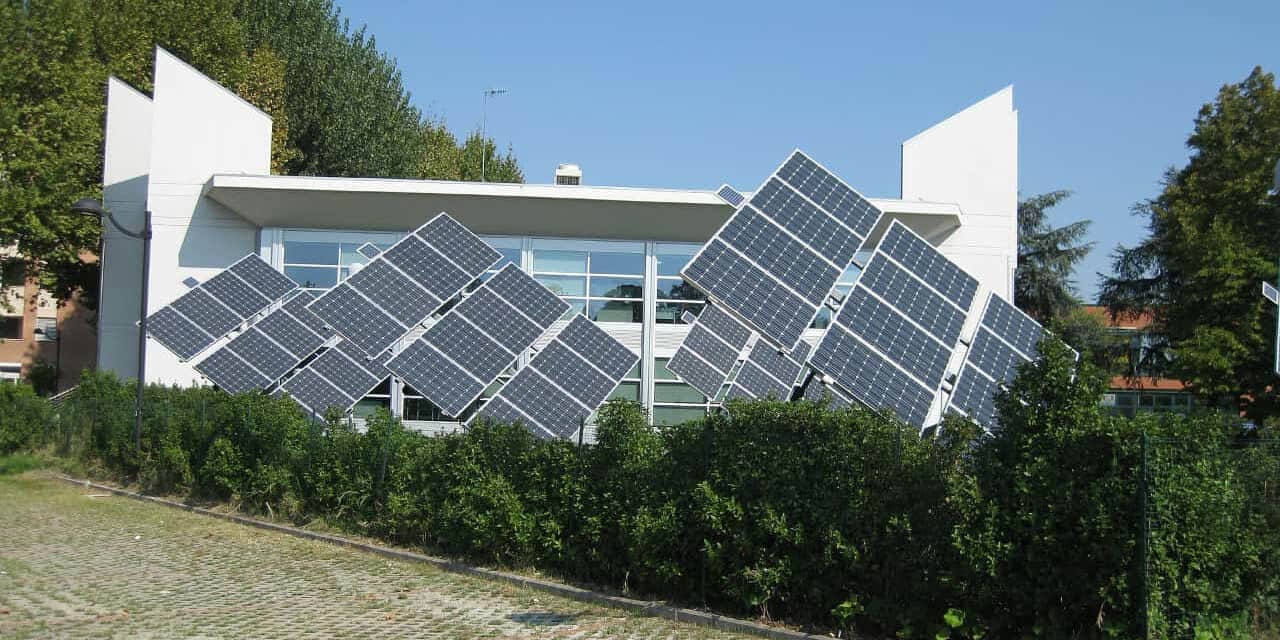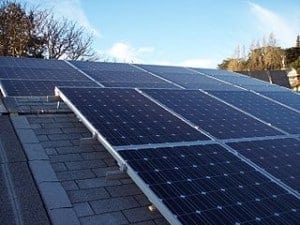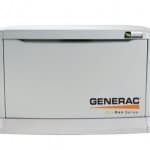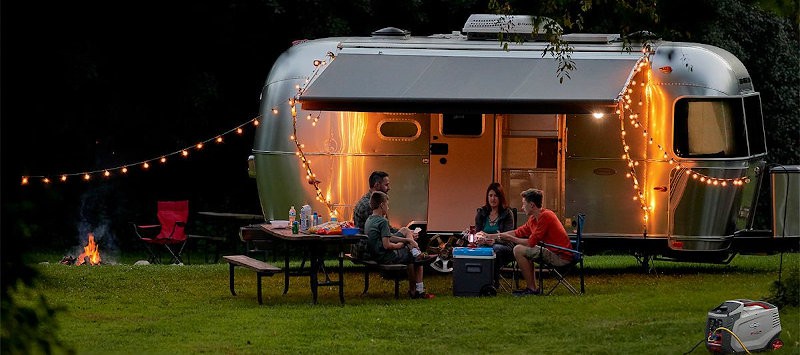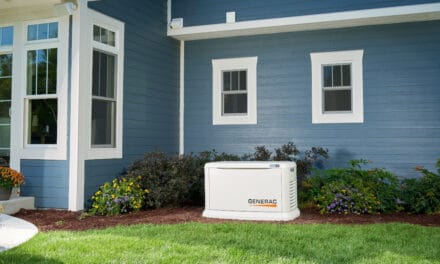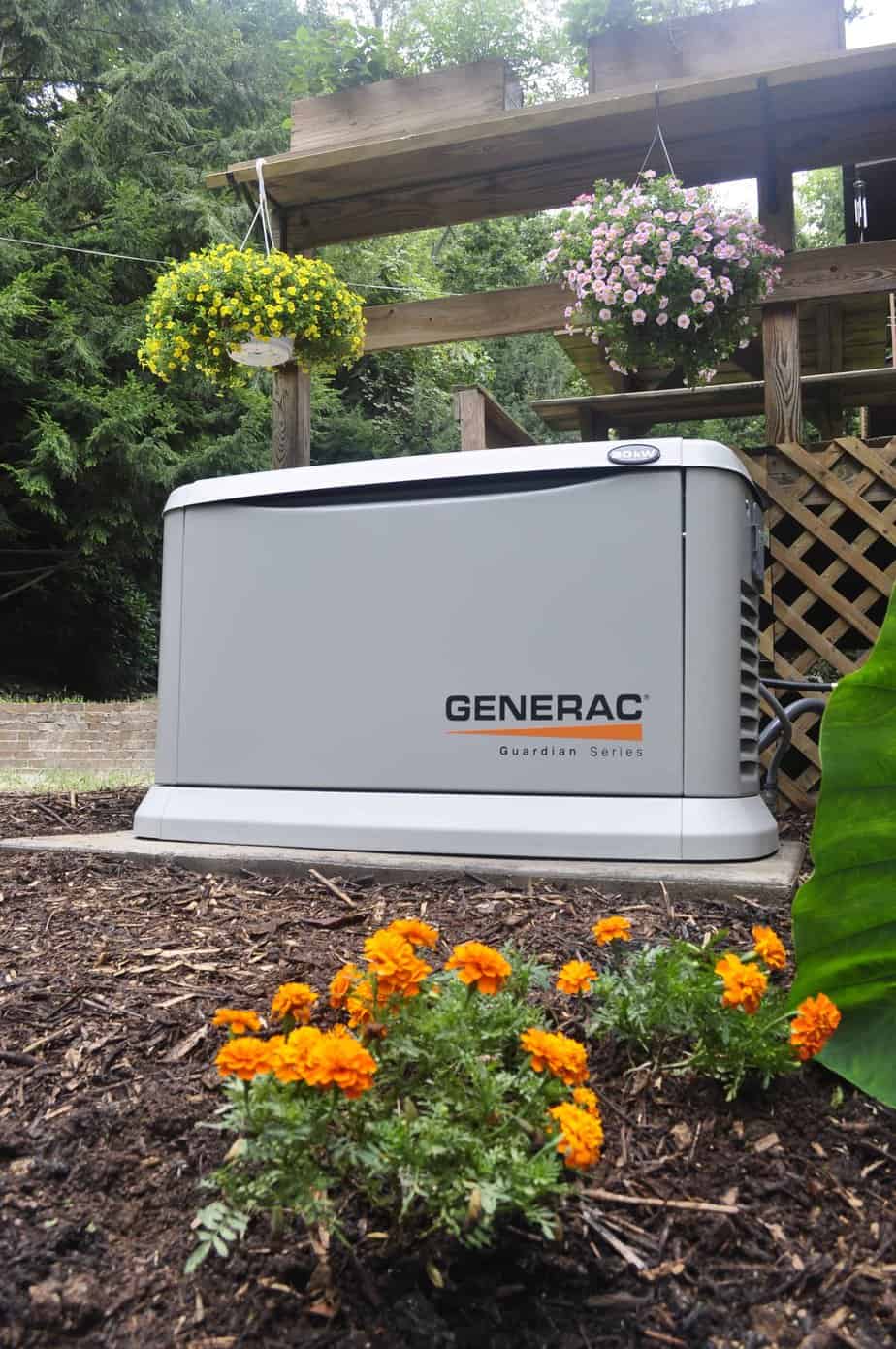Living and working off the grid doesn’t necessarily mean you give up every convenience or necessity that requires electrical power. People and businesses in remote or rural locations often require sources of electrical power other than electric utilities. Some choose a low-environmental impact way of life while for others, utility power isn’t available or comes at a high cost.
In both cases, a regular and reliable source of electricity is still needed. Solar and Wind in combination with battery banks make up the most common off-grid and renewable energy systems.
Off-Grid Power System Overview
In a typical configuration, solar panels and wind turbines connect directly to a battery charger which feeds a battery bank and a power inverter. The inverter changes the direct current (DC) from the battery bank or battery charger into 120 / 240 volt AC for use by the home or business. The main service panel receives power from the inverter instead of from utility lines.
If the battery bank charge drops below an acceptable level, a standby generator starts automatically to charge the batteries and provide power to the home or facility.
The battery charger provides three functions.
- Convert alternating current (AC) from a wind turbine into DC current.
- Charge the battery bank from the solar panels and wind turbine.
- Prevent overcharging of the batteries by monitoring battery charge levels and limiting charging power as batteries approach peak charge.
Modern off-grid systems often combine the inverter and charger into a single unit. In some renewable energy systems, a connection to the local grid allows the system to sell excess power to the local utility.
Solar PV Array with Battery Storage
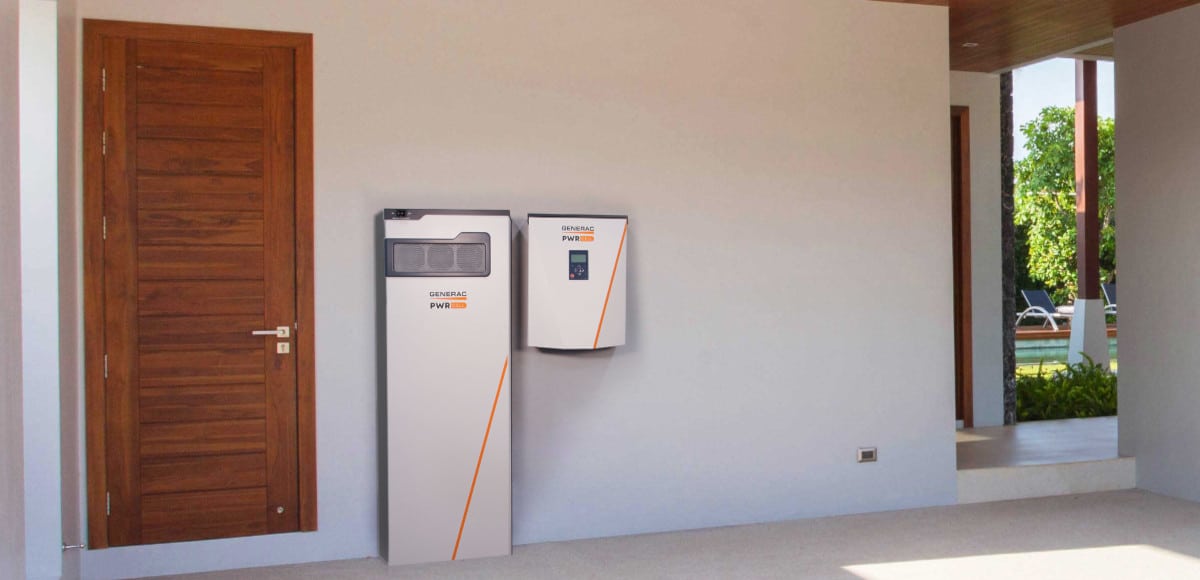 Photovoltaic Cells, or solar cells, can be combined to form a solar panel. Solar Panels are joined to form a Solar Array, or PV Array. The new Generac PWRcell uses Solar Power or power from the grid (via electric utility) to charge battery cabinets and power a home or business. The PWRcell system includes the PWRcell Battery Cabinet, the PWRcell Inverter, and PWRcell Automatic Transfer Switch. The system has six modes of operation including islanding (power during an outage,) selling power to the grid (export,) and self supply (off grid,) and other modes for import and export.
Photovoltaic Cells, or solar cells, can be combined to form a solar panel. Solar Panels are joined to form a Solar Array, or PV Array. The new Generac PWRcell uses Solar Power or power from the grid (via electric utility) to charge battery cabinets and power a home or business. The PWRcell system includes the PWRcell Battery Cabinet, the PWRcell Inverter, and PWRcell Automatic Transfer Switch. The system has six modes of operation including islanding (power during an outage,) selling power to the grid (export,) and self supply (off grid,) and other modes for import and export.
A Power Cell like the Generac Battery Cabinet uses batteries to store energy from the sun or from the grid. Generac Battery Modules each store up to 3.6kWh (3.0kWh Usable Energy.) A single PWRcell Battery Cabinet with the minimum configuration of 3 Modules powers the main circuit breaker panel with up to 9kW of power.
Generac PWRcell is a new way of looking at Solar Energy Systems. It provides power to the entire house, easily scales from 9kWh to 36kWh, and manages power to heavy loads for optimum use without overloading or draining the batteries.
Generac PWRcell Solar Power + Battery Storage Powers the Whole House
Battery Banks
Deep cycle batteries are connected together to provide electrical power. Series connections increase voltage, parallel connections increase current. Large six-volt or 12-volt lead-acid batteries are common, but other battery sizes are also used.
Consider a battery bank built of 12-volt, 50 amp-hour batteries. By connecting three batteries in series, the output is 36 volts and 50 amp-hours. Groups of three batteries wired this way will each produce the same output. If each group is connected in parallel, the output current rises with each subsequent connection.
With twelve batteries series-wired in groups of three, and then each group connected in parallel, the output voltage is 36 volts, but the output current is 200-amp hours. Power = Voltage x Amps = 36 Volts x 200 Amp-Hours = 7200 watts.
Solar and Wind Power Generation
Solar panels receive sunlight and produce DC current to charge a battery bank. They are wired so that their output voltage matches the battery bank voltage. The biggest drawback to solar power is that the sun only shines for part of the day. On cloudy days, the power output is lower because the panels receive less sunlight.
Wind turbines produce three-phase alternating current which is not directly compatible with the battery banks. As the turbine spins faster, the frequency of the alternating current rises. Turbine voltages are selected for efficient conversion to DC current and feed the battery bank to keep it charged. Naturally, when the wind doesn’t blow, the turbines cannot produce power.
Off-Grid Standby Generators
Norwall Power Systems offers models from two manufacturers that are designed specifically for use with off-grid power systems and operate on propane (LP Gas). These standby generators are ideal for residential or commercial use where utility power is unavailable.
Note: Off-grid applications void the warranties of most standby generator systems, but these standby units include off-grid consumer warranties.
The EcoGen by Generac supplies 6kW of power and has an extended run time of up to 500 hours without maintenance. This generator can supply the home directly with 120 volts or 240 volts (conversion required for 240 volts) or supply power to the inverter/charger to charge a battery bank.

